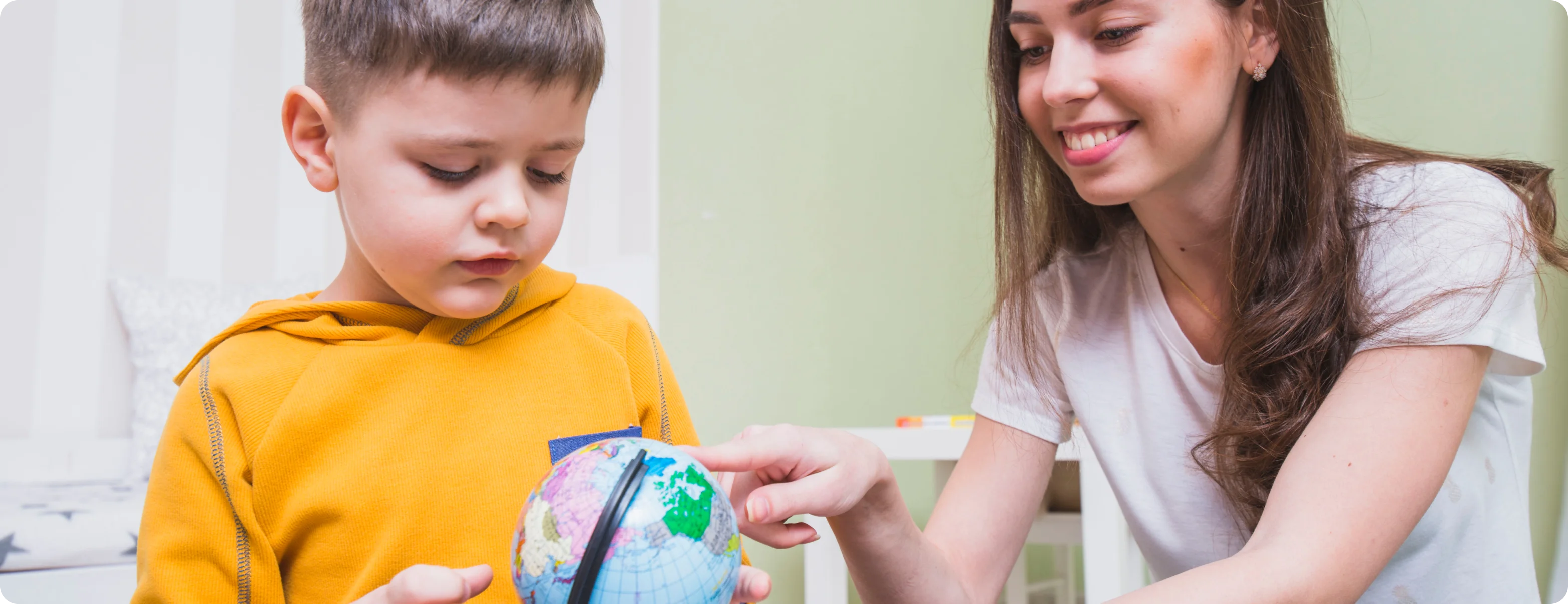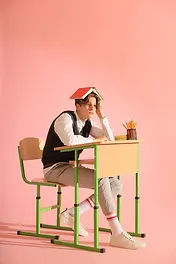How to Support a Child with ADHD: Parent Tips That Actually Work

Stephanie Tsapakis
|
Published on May 11, 2021 · 3 min read


Stephanie Tsapakis
|
Published on May 11, 2021 · 3 min read

Did you know that Attention Deficit Hyperactivity Disorder (ADHD) is the most common learning difference diagnosed? But what exactly is ADHD?
According to the Center for Disease Control, ADHD is a neurodevelopmental disorder that may cause "trouble paying attention, controlling impulsive behaviors (may act without thinking about what the result will be), or be overly active." The "H" in ADHD can be misleading, because often times parents feel that their child is not overly hyper when it comes to constant physical energy. However, the "hyper" part of the diagnosis can show up differently in different students.
While some students may be hyperactive in a physical sense, others may have hyper-focus tendencies that make it difficult for them to turn their attention to specific things. For example, if a student is tapping their pencil in the back of the classroom, a child with ADHD may hyper-focus on that sound and have difficulty focusing on the teacher talking in the front of the classroom.
There are also different types of ADHD:
Your doctor can help you determine which type of ADHD your child has.
Students with ADHD also often struggle with Executive Functioning Skills. These skills are things like organization, planning, and thinking through possible consequences of their actions.
Thankfully, there are lots of strategies that schools and parents can use to help students with ADHD!
The very first step in supporting your child is understanding their diagnosis. Knowing which type of ADHD best fits your child's diagnosis will help you choose the best strategies for helping them be more academically, socially, and emotionally successful.
Tip: Help your child develop their metacognition (awareness of their own thoughts) and self-awareness skills by asking them which tools help them cope and focus best. They may have some great insight about their most successful strategies.

You got this, parents - and we are always here to help!
- The LD Expert
*LD Expert is not a medical doctor, and information in this post should not be used for medical advice. Always consult your physician for medical information regarding ADHD.
Looking for personalized support for your child's learning journey?
Our tutoring and dyslexia intervention services are tailored to students with learning differences. Whether it's reading, writing, or other challenges, our team offers one-on-one guidance.
Start with a consultation!Stay updated with our latest blog posts.
Cart